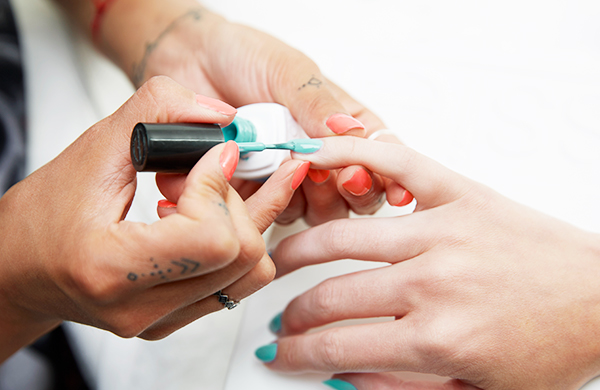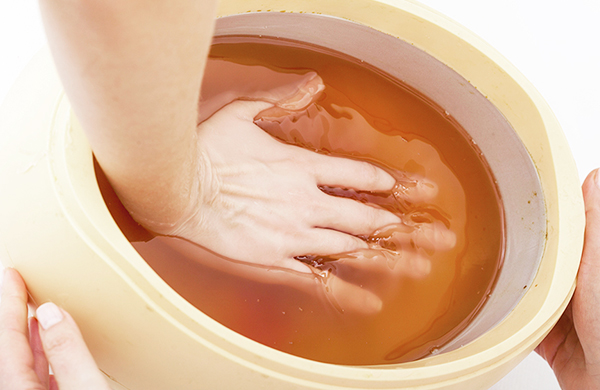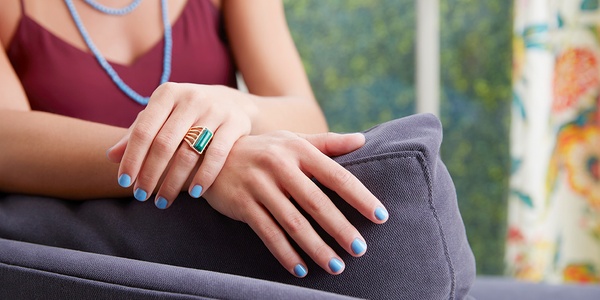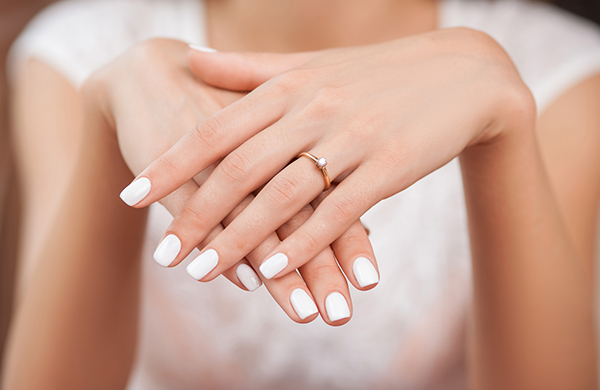
Look at enough nail-salon menus and you’ll realise that most offer one little add-on that can change any manicure or pedicure for the better. We’ll give you a few hints: it’s not a glass of wine or a fancy scrub, and it’s made almost entirely of paraffin wax.
If you’ve never had a paraffin dip before, you might be confused when your nail technician walks you over to a pot of liquid wax. (“You have to agree to a bikini wax, right?”) Instead of being caught off-guard when you discover it’s a standard part of your salon package, learn everything beforehand about paraffin dips. Maybe you’ll even be curious enough to inquire about the popular treatment during your next mani-pedi.
What is paraffin wax made of?

A white solid when cold and a transparent liquid when warm, paraffin is distilled from a much darker, cruder substance: petroleum. Most beauty products made from petroleum—and there are many, such as Vaseline, lip balm, baby oil, and even ointments that double as burn treatments—are emollients. Emollients create a protective layer over the skin that keeps moisture from escaping while also softening the outer layer of the skin.
How paraffin baths work

Oftentimes, the first step will be to apply a moisturizer, which functions as an inner layer of hydration to make hands (or feet!) extra soft. Then, the entire hand (palm and all, up to the wrist) is submerged in the liquid wax. Some techs prefer to paint the wax onto the skin using a brush and thoughtful, Van Gogh–inspired strokes.
Since the paraffin wax works as a kind of sealant, the warmth of the wax, together with the emollients and lotion, drives moisture deep into the skin. Sometimes your wax-dipped hands will then be covered with plastic gloves (or possibly even something that looks like an oven mitt) to keep them warm and further advance all of these processes.
What does paraffin wax do?

Once the wax has cooled and hardened, it easily slips from the skin, leaving behind noticeably softer hands and feet—arguably one of the best parts of getting a paraffin manicure or pedicure. Softer skin also means it’ll be easier for the technician to tend to your cuticles, which are cleaned up before nails get coats of colourful polish.
Other benefits of a paraffin wax

More than just a skin-softening treatment, a paraffin bath’s penetrating warmth can help relieve joint pain and stiffness from arthritis, fibromyalgia, or long days spent at a computer. The heat can also release tension in the soft tissue, prepping hands for relaxing rubs and massage later on in the manicure.
This article was originally published on Groupon U.S. and has been edited.



